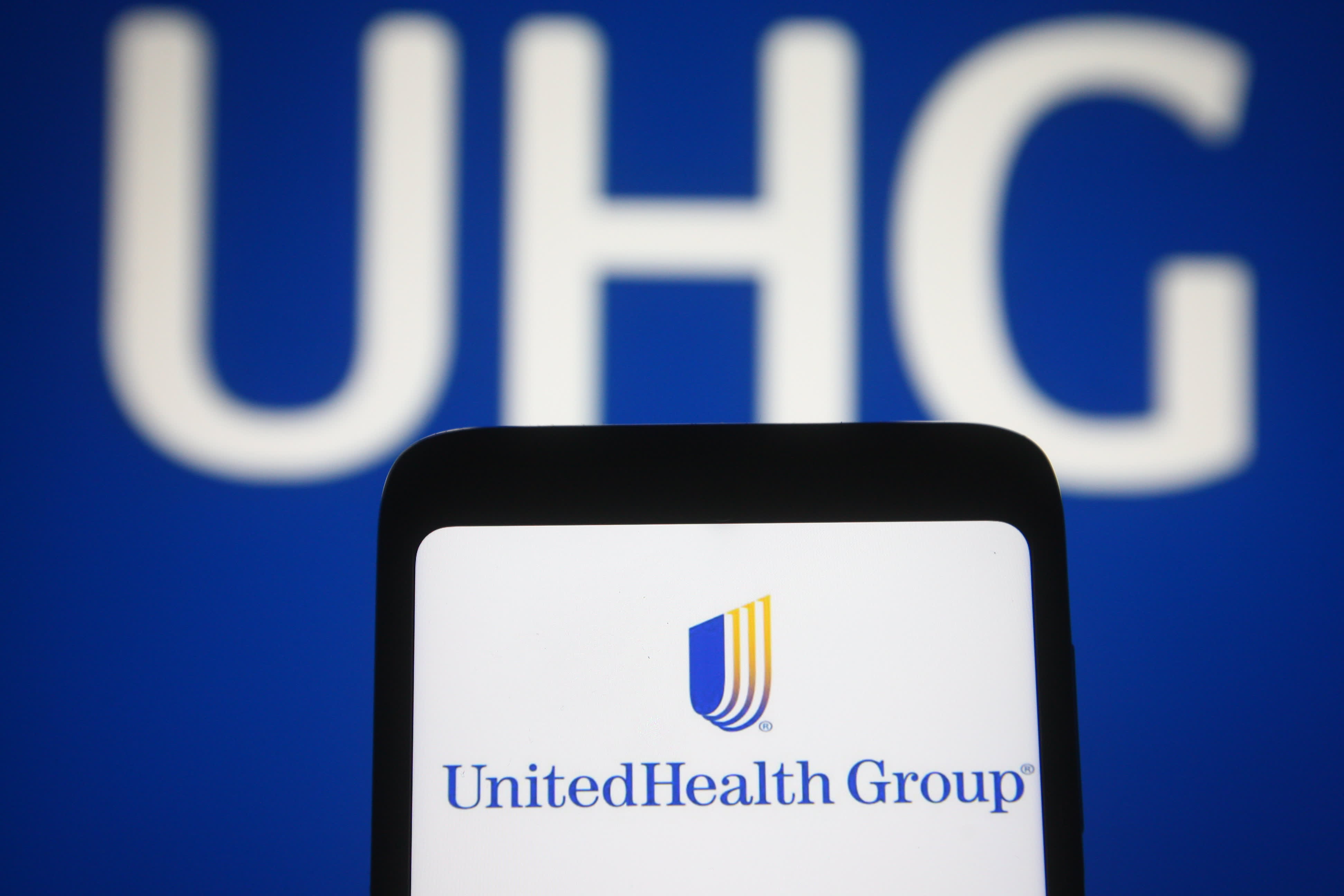In 2024, a study presented at the Society for Healthcare Epidemiology of America Spring Conference in Houston found that hospital-associated infections differ between urban and rural health care facilities. Tamia M. Dixon, an epidemiologist at ASRT, and her colleagues analyzed data from 14 health care facilities in Louisiana to understand the factors related to health equity that affect the incidence of central line-associated bloodstream infections and MRSA.
The findings of the study emphasize the need for targeted interventions in facilities with high incidence rates of these infections to improve health equity and prevent hospital-associated infections. The researchers highlight that by understanding the nuanced relationship between health equity and infection risks, healthcare providers and policymakers can work towards improving patient safety and outcomes in all settings.
The study’s results provide valuable insights into the incidence rates of central line-associated bloodstream infections and MRSA in Louisiana, helping to inform strategies for reducing these infections and promoting health equity across different types of health care facilities. By identifying and targeting the factors that contribute to infection risks, healthcare providers can work towards creating safer environments for all patients, regardless of their location or background. Overall, this study underscores the importance of addressing health equity issues in infection prevention efforts to ensure better patient outcomes across all settings.



